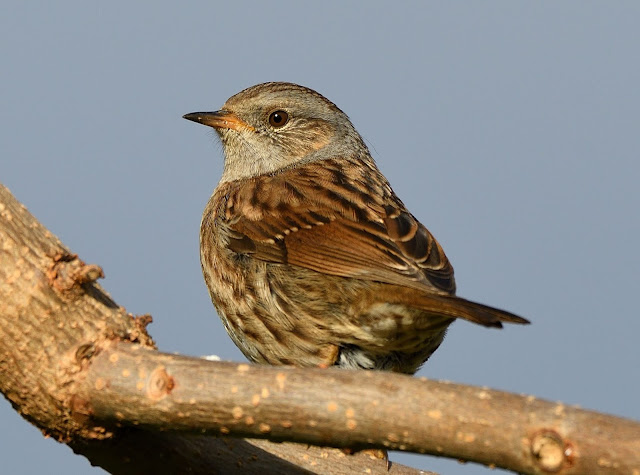Gannets

One of the largest seabirds of the North Atlantic, the gannet is spectacular as it plunges into the sea in pursuit of fish. All images taken with my Nikon D500 and Nikon 200-500 f5.6 lens. Point of impact! The gannet is the largest seabird in the North Sea region. When it spreads its wings, it measures up to 1.5 meters in width. Gannets live up to 35 years and swim and fly almost their entire life in and above the sea, only coming on land to nest. In order to take flight, they need to catch a good wind under their wings. On land that would mean a running start, but gannets are too clumsy on land. That’s why they nest high up on steep coasts, where the strong seawind is forced upward against the rocky wall. All they need to do to take off is to spread their wings. Gannets nest in colonies. The gannet colonies on the Scottish Bass Rock and Ailsa Craig have been around for centuries. The female first starts laying eggs at five years old. Both parents ta

